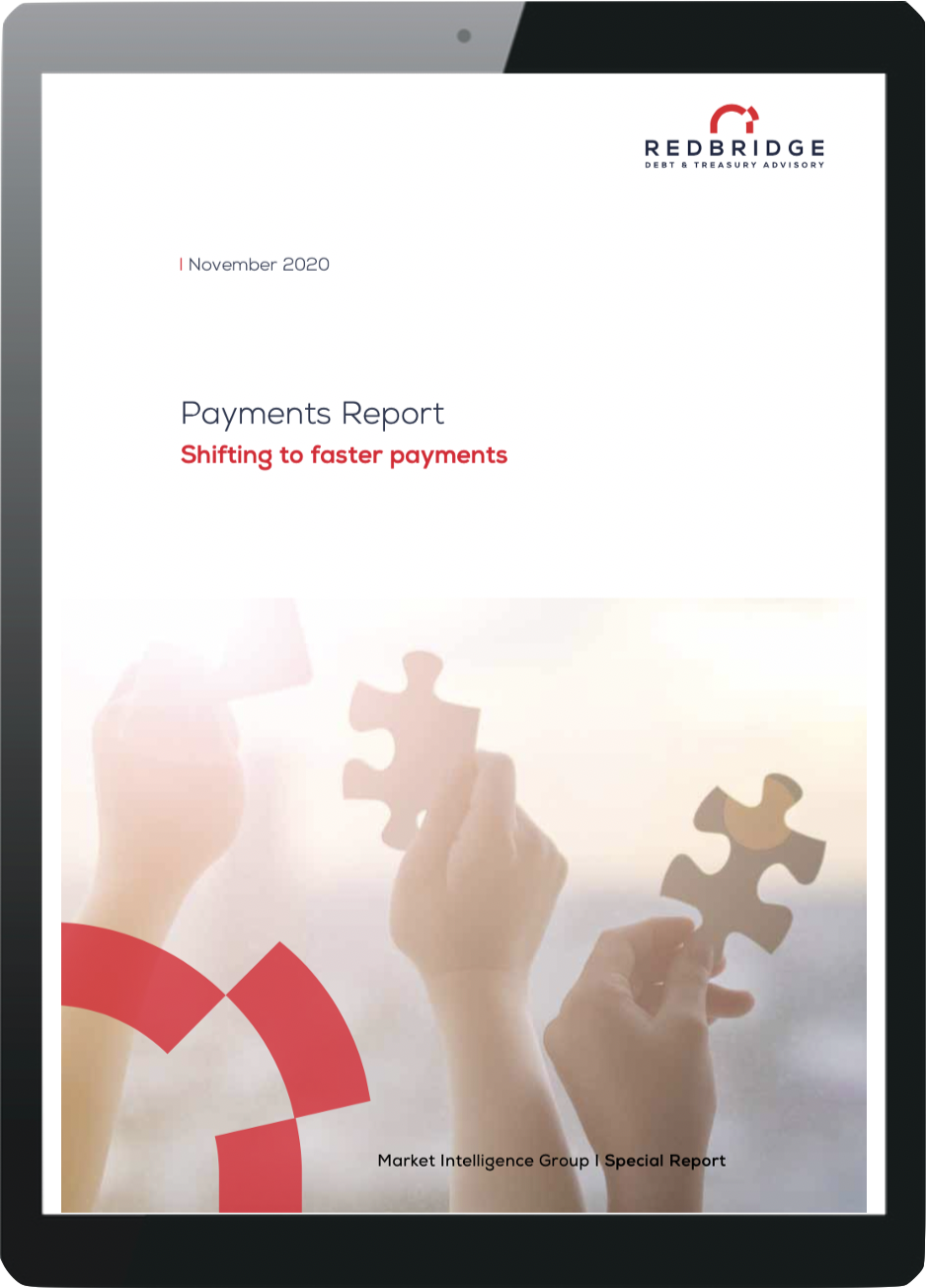For SWIFT’s head of payment initiatives, connecting the various real-time payment systems is a way to achieve greater transparency in cross-border transfers. Interview with Isabelle Olivier.
– How does SWIFT view the development of instant payment systems around the world?
– We are convinced that instantaneousness represents the future of payments. Our banking communication network already enables communications in a fraction of a second, but the advent of instantaneousness is far beyond the requirements set for each payment infrastructure. Systems should be accessible seven days a week, 24 hours a day.
We are participating in the construction of this world of instant payments in two ways. First, we are developing access ramps to real-time payment systems for banking users. And second, in the longer term, we aim to connect the various real-time payment systems around the world, through and for banking intermediaries.
To date, we have supported the creation of the instant payment system in Australia, developing, among other things, a customer interface that has been used on a daily basis for over a year. We have used this experience to develop a solution in Europe that enables banks to access the RT1 system operated by EBA Clearing and the Eurosystem clearing house, TIPS (target instant payment settlement).
After that, we sought to innovate by combining the advantages of the instant payment world with those of gpi payments. Remember that gpi is a global SWIFT initiative that aims to provide greater visibility into international transfers. Last year, we conducted a proof of concept on the routing of an Australian payment intercepted by a bank in France in the middle of the night before being redirected through the TIPS platform to a Spanish bank. The payment was instant.
Instant payment initiatives are essentially domestic or at a monetary-zone level.We seek to carry out instant cross-border payments.
– In the proof-of-concept, which system routed the instant cross-border transaction? The Australian new payments platform (NPP)?
– I gave Australia as an example, but we have also tested payments from Singapore and the United States. Each time, the first part of the transaction was routed through SWIFT’s FIN network, which is traditionally used for international transactions. The French bank then turned this transfer into an SCT Inst payment, and sent it back over the SWIFT network to TIPS, which triggered the order to the recipient’s Spanish bank. Without any manual or night intervention, the cross-border payment was processed in under a minute.
Similar tests were conducted with the instant payment platform in Australia and Singapore. We will be carrying out more very soon, especially with the Faster Payments system in the UK.
– What is the value of this proof of concept?
– The interest lies in demonstrating the ability to process payment orders at any time, on any day, even when traditional systems are closed. With regard to speed, we have gained a few seconds, but that is not the main consideration. In the long run, our ambition is to be able to connect instant systems around the world to each other. Now, we need to look at the needs and identify the complexities of the business. At this stage, we have demonstrated that, technically, it can work.
– Is the fact that not all instant payment systems use recent ISO 20022 message formats an obstacle to your ambition to connect them to each other?
– As part of our proof of concept, we have spent a lot of time on these aspects of interoperability between the FIN/MT formats and the standard version used by European instant payment platforms such as TIPS. We have created a working group responsible for defining the best market practice for use of the ISO 20022 standard applied to the world of instant cross-border payments.
– How did you integrate the exchange issue?
– One of the banks, which is a stakeholder in the transaction chain, will carry out the exchange transaction. At this stage, we have not dealt with the complexity of the exchange issue. The idea is to leave this functionality to banks, while providing systems that are more modern, faster and available for longer. The exchange transaction will remain within the scope of one of the banks involved in the payment chain.
Read our new Payments Report – Shifting to faster payments
Redbridge’s 2020 Payment Report is a source for trends and insights into today’s dynamic payments environment. This second edition presents how various stakeholders position themselves in the payments industry and explores topics related to innovative payments, instant payments, e-commerce and fraud mitigation.
Contributions from treasury practitioners, bankers, payment service providers and vendors are coupled with in-depth analysis from our treasury consultants.

Included in our review:
- Analysis: An overview on the future of payment
- Analysis: E-commerce, a strategy to maximize sales while limiting fraud
- Instant payment survey with banks, vendors and PSPs
As well as our interviews with:
- Michel Yvon, Decathlon
- Charles Lutran, Criteo
- Isabelle Olivier, SWIFT
